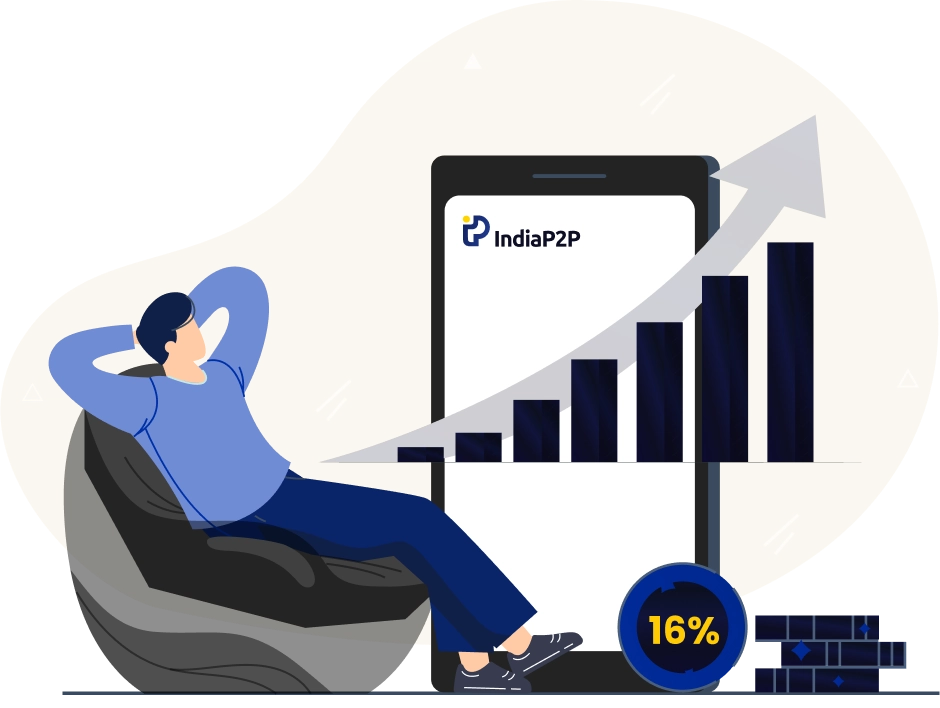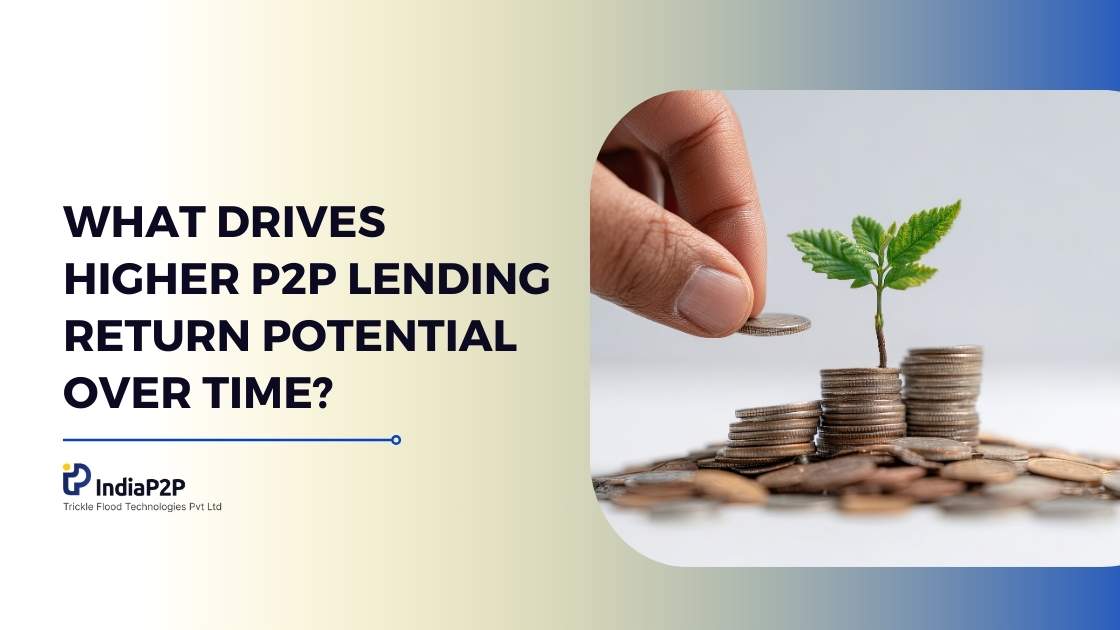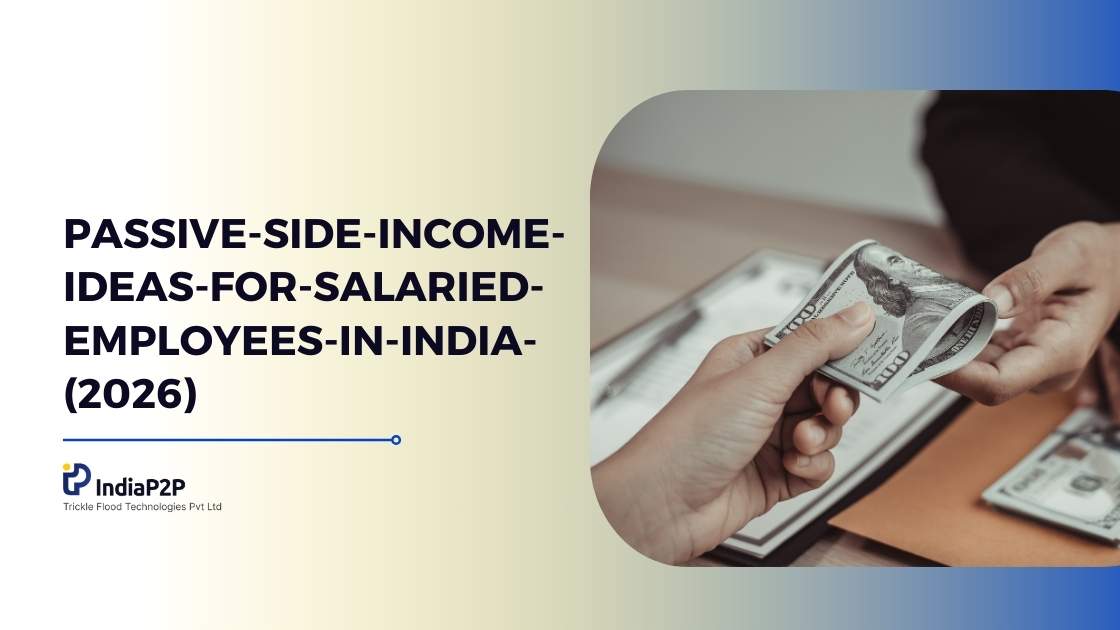Smart investment portfolio | 60/40 investment (stocks & bonds)

Portfolio diversification can have different meanings for different individuals, based on their financial plans and goals. However, the balance between growth and stability is almost certainly a feature of any diversified portfolio that most of us agree with.
A 60/40 portfolio is one such no-brainer diversified portfolio with 60% invested in stocks and 40% in bonds and other fixed income investments. For decades, this has been the typical manifestation of portfolio diversification and has benefited at least a couple of generations.
Let’s find out if a simple 60/40 portfolio is relevant anymore. Since the early 2000s, there have been multiple instances where the stock markets have been battered by recurring pitfalls and at the same time, even infallible fixed income assets have washed away billions.
It appears that a 60/40 portfolio is no longer the wealth creator it used to be, and in fact, even passive index investing can give more returns than a simple 60/40 portfolio.
Diversification for long-term wealth creation in today’s environment
The primary reason behind portfolio diversification is to cushion against unpredictable market downturns, thus minimising the risk of losing the principal amount invested.
In today’s times, bonds and stocks are not enough to account for long-term wealth creation in a sustained manner. A simple 60/40 portfolio is no longer a hedge against market uncertainties and does not appear to be keeping up with the current market environment and investor appetite.
Alex Shahidi, a Professor at California Lutheran University, in his paper, ‘Why a 60/40 Portfolio isn’t Diversified’, quantitatively demonstrates how a typical 60/40 portfolio is now as risky as a purely equity portfolio from the late 1920s.
Traditionally a 60/40 portfolio has been a favorite pick for investment advisors, but now, even their calculations have swayed towards highly rewarding alternative investments.
Alternative investments are known to give higher returns than traditional fixed-income assets and at the same time, they are known to soothe the volatility in the mainstream markets. These asset classes have been limited to ultra-high-net-worth individuals for a long time, but now, with the fintech revolution, things are opening up for investors of all sizes.
You can check our article What Is Diversification? Why diversifying your investment portfolio is the best strategy? To learn more about portfolio diversification.
Conventional Portfolios and Modern-day Market Volatilities
An analysis by Motley Fool suggests that compared to the 1950s and 60s, the 2000s were wild in terms of market volatility. In fact, the 2000s experienced day-to-day volatilities second only to the Great Depression.
Between 2000 and 2010 there were two major bubble bursts in the US Equity markets, which had ripple effects on markets across the globe. It took years after subsequent falls for the markets to recover and make new highs.
Conventional portfolios are not very convincing when it comes to tackling volatility.
For equity markets, it is quite obvious that a volatile market would mean a stagnant or a slow-growing portfolio in the long run.
The recent example of post-Covid recovery and the consequent market slump is an example of how investors have been stuck with lurking portfolio returns for almost a year.
Bonds, which are supposed to cushion the uncertainty and risks of stock investing also fail to fructify in light of rampant interest rate changes.
Duration risk or interest rate risk of bonds refers to the sensitivity of a bond’s price to interest rate changes. For example, a typical long-duration bond can fall by around 5% in response to a 1% increase in prevailing interest rates.
Volatility in the stock markets coupled with interest rate risks of bonds, make a simple 60/40 portfolio ineffective when it comes to sustained wealth creation in the long run.
Alternative Portfolios: Diversification in the Present Day
In layman’s terms, alternative assets are investment assets that fall outside the contours of traditional asset classes like stocks, and bonds.
These asset classes are typically known for their lack of correlation with the mainstream markets and their sustainable returns.
Traditionally, alternative investments have been limited to high net-worth individuals pursuant to their high ticket sizes and lack of information and awareness.
However, things are changing for the better, and online alternative investment platforms are now democratizing these assets for average investors.
A few typical examples of alternative investments can be private equity, venture capital, farmland investing, real estate, commodities, and the regulated P2P lending ecosystem.
An alternative portfolio is a strategically balanced portfolio of alternative investments and traditional asset classes, designed to maximise returns while minimizing the risks of conventional investing.
The idea of diversifying portfolios is quite recent, in fact, what seems so fundamental to the art of investing was barely known prior to the 1960s. Portfolio diversification, as investment theory, evolved only after the Second World War and can be traced back to the Great Depression. A simple 60/40 portfolio remained the face of diversified portfolios for much of the 20th century.
Alternative portfolios emerged as a response to modern market environments, especially after the globalization of businesses and the tech revolution in the form of the internet and increased connectivity.
These portfolios are typically designed keeping in mind the needs and aspirations of the investor and are characterized by strategic asset allocation in a bunch of different traditional and alternative investments.
An alternative portfolio maintains a sweet balance between high growth and reasonable stability. This way, you can ensure that your portfolio achieves the highest possible returns, while tackling the market uncertainties, that unfortunately are pretty common these days.
Alternative Portfolios for Average Indian Investors
Alternative investing is a fairly new concept for the average Indian investor. In fact, the pandemic and the resulting lockdowns can be attributed to be the force behind the newfound popularity of alternatives.
However, despite being new, the future for alternative portfolios is quite promising in India. A report by Anand Rathi Wealth suggests that overall investments through
Alternative Investment Funds (AIFs) will grow at 25 percent CAGR between 2022 and 2025.
Retail participation in alternative investment portfolios is also expected to grow at an exceptional pace. This is majorly due to fintech platforms democratizing these asset classes for average investors.
P2P Lending: A New Frontier of Alternative Investing
As the name suggests, P2P lending entails investors acting as lenders, directly lending out their money to individuals and businesses in need of debt funding. This model of investing can give you returns of around up to 12-18% a year and is tightly regulated by the RBI with only licensed platforms permitted to operate.
You’re probably wondering about the risks associated with P2P lending?
Learn if P2P Lending is safe or not in our blog Confused whether P2P lending is safe or not? Let's Discuss!
Like all investments, P2P lending can be risky, if not done cautiously. The risk comes from the chance of borrowers whom your investment funds defaulting.
Platforms like IndiaP2P allow you to invest in strategically curated retail loans that are based on expert analysis of the credit risk of the borrowers and a thorough analysis of their financials. Your investment is spread across multiple, diverse loan fractions sourced from borrowers with good, existing credit scores. This way, you can effectively mitigate the risks associated with P2P lending.




